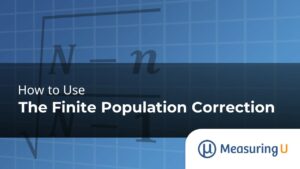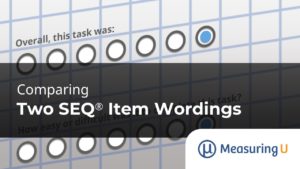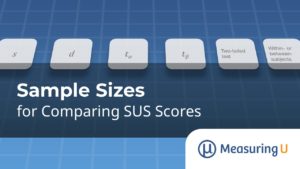
Sample Sizes for Rating Scale Confidence Intervals
Sample size computations can seem like an art. Some assumptions are involved when computing sample sizes, but it should be more math than magic. A key ingredient needed to cook up a sample size estimate is the standard deviation. You need yeast to make bread, and you need a measure of variability to make an








